Service hotline
+86 0755-83975897
 en
en Release date:2025-02-20Author source:KinghelmViews:1728
The emerging technology of Wi-Fi sensing promises significant benefits for a variety of embedded and edge systems. Smart home, entertainment, security, and safety systems can all benefit from this ability.

The elegance of Wi-Fi sensing is that it uses what’s already there: the RF signals that Wi-Fi devices use to communicate. In principle, a Wi-Fi receiving device could detect changes in those RF signals as it receives them and, from the changes, infer the presence, motion, and location of a human in the area around the receiver.
Early attempts to do this used the Wi-Fi interface’s RSSI, a number produced by the interface periodically to indicate the average received signal strength. In much the same way that a passive infrared motion detector interprets a change in IR intensity as motion near its sensor, these Wi-Fi sensors interpret a change in RSSI value as the appearance or motion of an object near the receiver.

Any compliant Wi-Fi interface should produce the CSI data stream. That part is easy. However, it is the job of the sensor system to process the data and make inferences from it. This process is generally divided into three stages, following the conventions developed for video image processing: data preparation, feature extraction, and classification.
The next stage in the pipeline will analyze the cleansed data streams to extract features. This process is analogous—up to a point—to feature extraction in vision processing.
The extraction algorithms will not simply manipulate pixels but will instead perform complex statistical analysis. The output of the extraction stage will be a simplified representation of the CSI data, showing only anomalies that the algorithms determine to be significant features of the data.
The final stage in the pipeline is classification.
The nature of the decision will determine the classification algorithm. So, developers must collect actual CSI data from test cases and then construct statistical models or reference templates, often called fingerprints. The classifier can then use these models or templates to best match the feature from the extractor and the known situations.
Another approach is machine learning. Developers can feed extracted features and correct classifications of those features into a support vector machine or a deep-learning network, training the model to classify the abstract patterns of features correctly.
For the data preparation stage, simple filtering may be within the range of a small CPU core. After all, a small matrix arrives only when a subcarrier is activated. But more sophisticated, statistical algorithms will call for a low-power DSP core. The statistical techniques for feature extraction are also likely to need the power and efficiency of the DSP.
The Wi-Fi SoC may well include a CPU, a DSP, and an inference accelerator.
Bringing a successful Wi-Fi sensing device to market will require a close partnership with an SoC developer with the right low-power IP, design experience, and intimate knowledge of the algorithms—present and emerging. Choosing a development partner may be one of the most important of the many decisions developers must make.

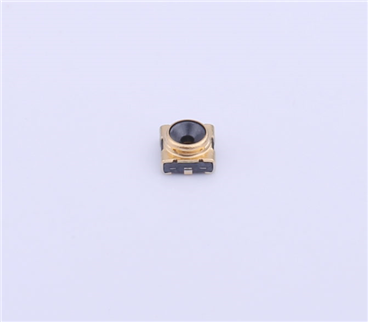



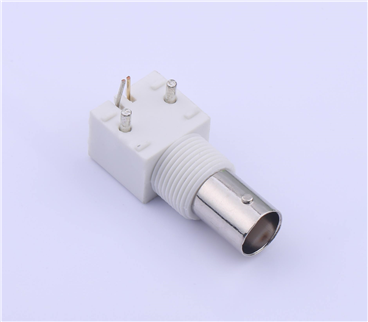
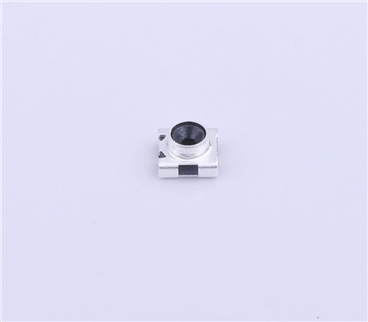
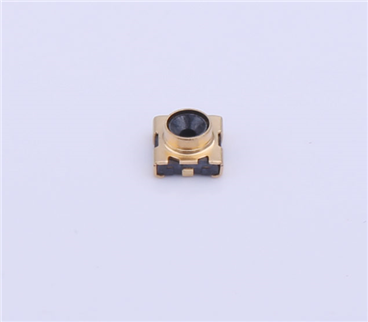
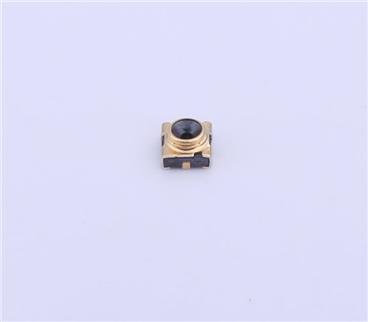

Copyright © Shenzhen Kinghelm Electronics Co., Ltd. all rights reservedYue ICP Bei No. 17113853
